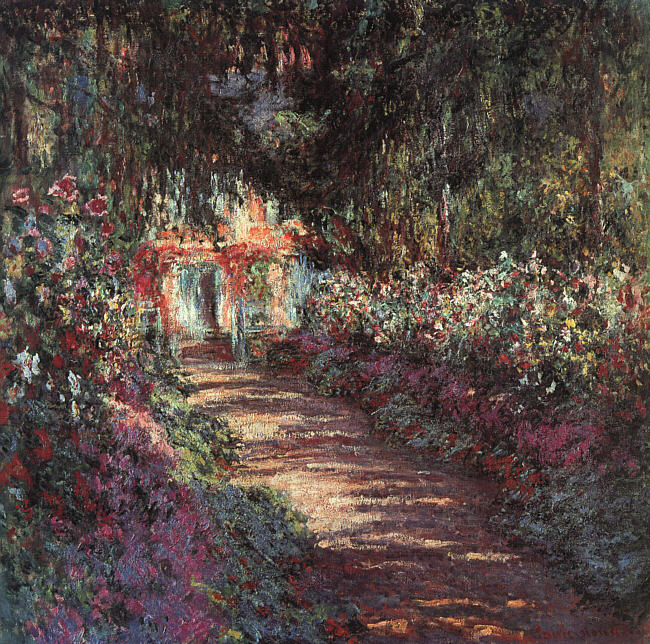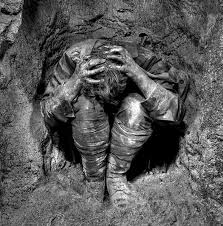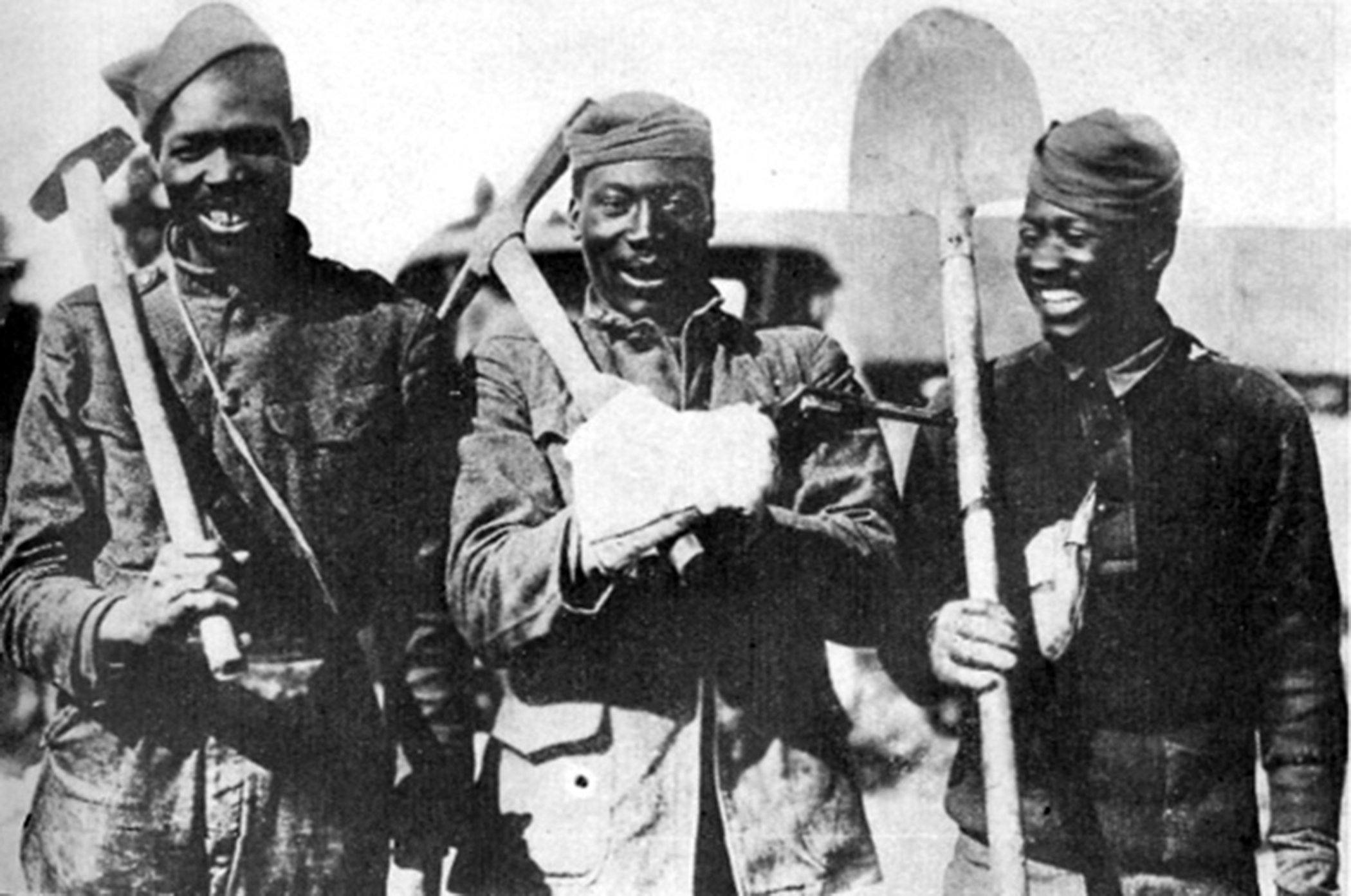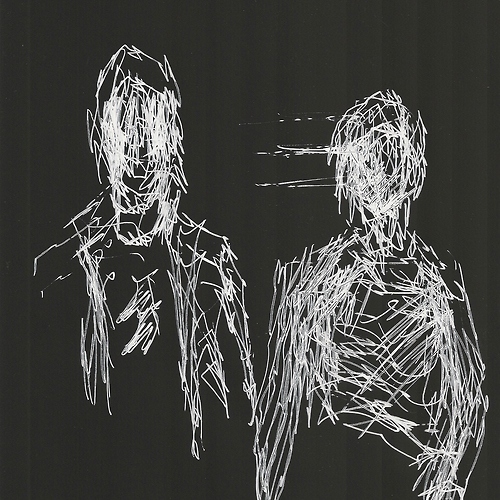 |
| Snow White 1937 Poster |
I remember the first time my family went to Disneyland. I was four years old but I still remember meeting some of the characters. My sister was two years old when we visited the park, and she loved getting to meet the Beast. She snuggled up to him and stroked his long fur. Meeting Snow White, however, was a terrifying experience. She cried and struggled to pull her hand away from my mom’s as we got closer and closer to the ever-smiling princess. I, on the other hand, loved getting to meet her and for years I treasured her note to me in my autograph book. “Berlyn, someday your prince will come. --Snow White.”
Snow White was the first full length animated film of all time, and during its production many thought that the project would fail. In fact, most of the movie business referred to this project as “Disney’s Folly.” There were several reasons for this. For one thing, the project was unbelievably costly, and at its conclusion the bills amounted to about $1.5 million, an unheard of amount for a project like this. Disney even had to mortgage his house, and while his wife (Lillian) and brother/business partner (Roy) did everything in their power to dissuade him, Walt continued on. If that wasn’t enough, it was also believed that the film would hold little interest with the public. Who would want to sit through an hour and a half cartoon, anyway? Ain’t nobody got time for that!
Making the movie was difficult. The storyline drastically changed several times and the focus on the characters was constantly in motion. I’ve heard so many people complain about how little the prince takes part in the storyline. Did you know that there were supposed to be scenes about his capture by the queen and his eventual escape? The focus of the story shifted, however, and the prince’s role was reduced to give more room for the queen and Snow White.
Even amidst all the struggles and disappointment, Snow White and the Seven Dwarfs was finally released on December 21, 1937. Unsurprisingly to us now, the film was an enor-mouse success and proved to be the key to a whole new genre of cartoon classics.
The impact that Snow White has had on modern culture is oftentimes grossly underestimated. I hear people constantly complain about how “weak of a character Snow White is” and how she’s “saved by the prince instead of being able to save herself.” If people stopped to think about the time period of the film’s production, the circumstances of its creation, and the monumental experimentation this film engages in, might we cut the princess a little slack?
Image Credit: public domain via Wikipedia "Snow White 1937 Poster"



























